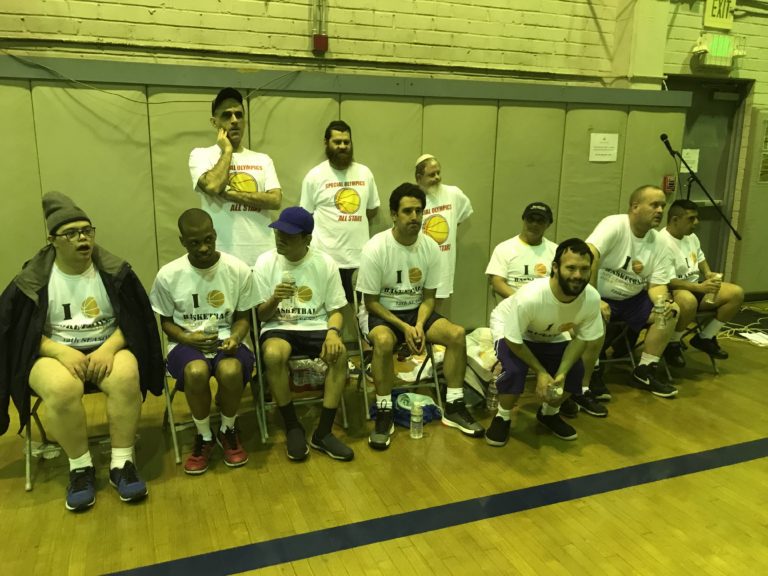Deaf Education in a California Elementary School
I taught public school in California for nearly 30 years. From my classroom experience as a teacher and as an administrator, Rachel Zemach’s The Butterfly Cage, is spot on. In her 388 page book, Zemach writers a memoir designed to ignite dialogue about Deaf education in America.
When Rachel was ten years old, she lost her hearing in an accident. As she grew, she learned American Sign Language (ASL) at the California School for the Deaf, and she blossomed. She earned a degree in Deaf Education and was eventually offered a job at a mainstream elementary school teaching Deaf children in grades K-3.
Through her students, Zemach shows the effects of language deprivation. Most deaf youngsters are born to hearing parents who mostly want their children to be hearing, so unintentionally force their children to learn a language they can’t hear or relate to. A few lucky ones can read meaning off lips, but the best lip-readers can get 30-40% comprehension.
Zemach shows us how public schools are built on a foundation of oralism, where children are taught to communicate by speech. When you’re deaf, you’re left out. However, a visual manual language like ASL educates Deaf children to highly function in our society. Those subjected to hours with a speech therapist as they miss important math, English, and History lessons are out of luck.
The author also shows us how audism is practiced in most public schools where deaf children are educated. Audism is discrimination against deaf people. It’s expressed in the attitude of hearing people. They don’t try to communicate with the deaf and have the false assumption deaf people can’t do things. Many hearing people consider deafness a tragedy. They reject the use of sign language, expect deaf individuals to rely on their residual hearing or lip-reading. They also assume the Deaf and hard-of-hearing (HOH) are idiots and lower their standards for them in an educational setting.
All of this and more is shown eloquently in The Butterfly Cage where Zemach relates her experience in deaf Education in a California Elementary School. The woman’s patience is amazing considering the audism and oralism she has to contend with by other teachers, support staff, and administrators.
Anyone interested in Deaf education, Deaf culture, ASL, or is deaf, HOH, or knows and or works with Deaf people needs to read this book. The Butterfly Cage is an eye-opener and will teach you a few things about empathy.
About the Author
Rachel became Deaf at age ten, in an accident. As a teenager, she was thrilled to discover the charged, idiosyncratic Deaf world and the lavishly expressive and comprehensive, 3-D language of ASL
Later, while raising two children and running a mosaic tile business, she got a Deaf education teaching credential, and began teaching a Deaf class in a public school “mainstream program” near her home.
After ten years of teaching in both this hearing school and a renowned all-Deaf school, Rachel decided to write a memoir of this experience, in order to educate others, improve the lot of Deaf children and try to start a national dialogue about mainstream Deaf education. In The Butterfly Cage, readers will meet individual students, watch raucous and often surprising class discussions, and see Rachel’s personal journey as her identity undergoes a dramatic shift. Even those with no previous knowledge of this topic will come away with an intimate understanding of the issues most pertinent to Deaf people, of all ages.
Pop’s Rating:

Michael Thal is the author of Goodbye Tchaikovsky, the story of a violin virtuoso who wakes up on his 12thbirthday deaf.



